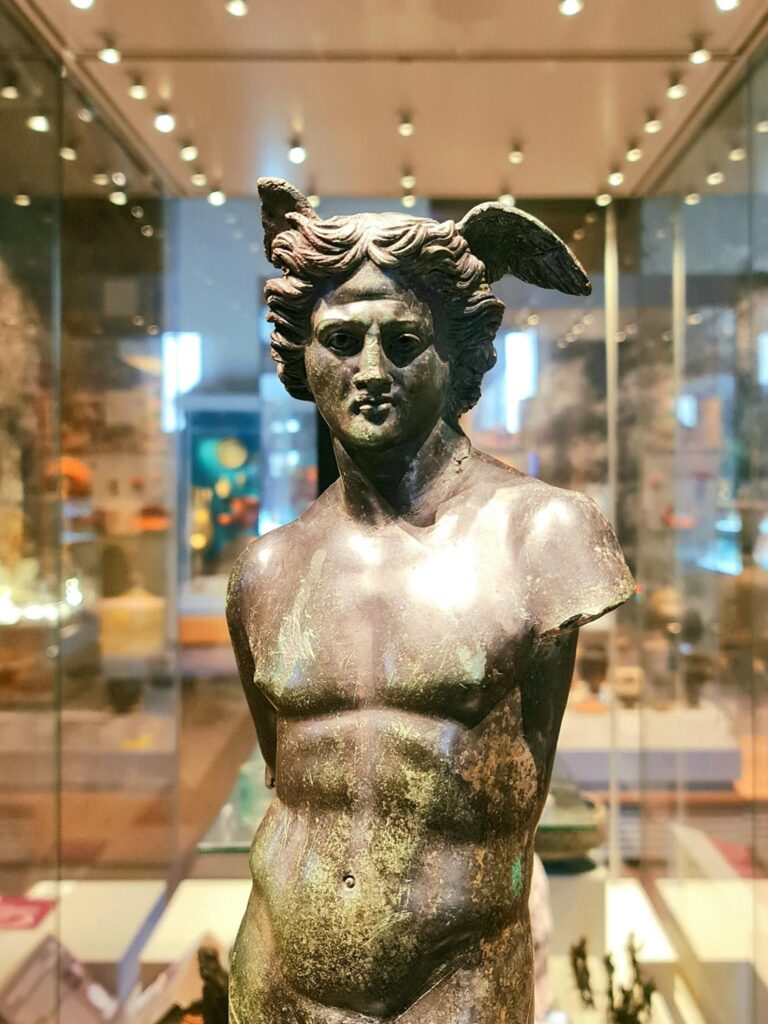In my mid-teens, my friends and I would often walk across the country fields south of Gosbecks Road in Colchester. Colchester is a place with a very long history, calling itself Britain’s oldest recorded town, and, most recently, Britain’s first city. And so, crossing the fields south and somewhat to the west of the town, we would keep our eyes open for something historical, something specific. We would look for a missing arm.
The area where we walked was of particular significance. Here there had been found the remains of what is thought to have been the royal farmstead of King Cunobeline. Cunobeline’s name was derived from the ancient British language and meant “strong as a dog.” He reigned over a large area of pre-Roman Britain from around 9AD to 40AD (the Roman invasion under Claudius did not begin until 43AD).
Later, after the Romans invaded, Colchester (Camulodum) became their capital in Britannia. Later, in the later first century, a religious complex, including a temple, was constructed somewhat north of where Cunobeline’s farmhouse had stood.

Fast forward now to December 1947. Near the site of the Roman temple, a ploughman unearthed a statue of the Roman god, Mercury. There is a rumor that his daughter would wheel the statue around in a pram for years before it came to the attention of the local museum. Be that as it may, the statue is now one of the prized exhibits in the museum in Colchester Castle.
The statue is missing an arm, and this arm has yet to be discovered, despite the efforts of many over the years. But even without its arm, the statue is outstanding. It is one of the most magnificent Roman bronzes found in Britain. It was obviously made by a master artisan. The face is amazingly realistic.
It is from another time, another era, an age of superstition, when some would worship Mercury as the god of travelers, merchants and thieves. And yet, two thousand years later, the beauty of this statue shines, and still amazes us.